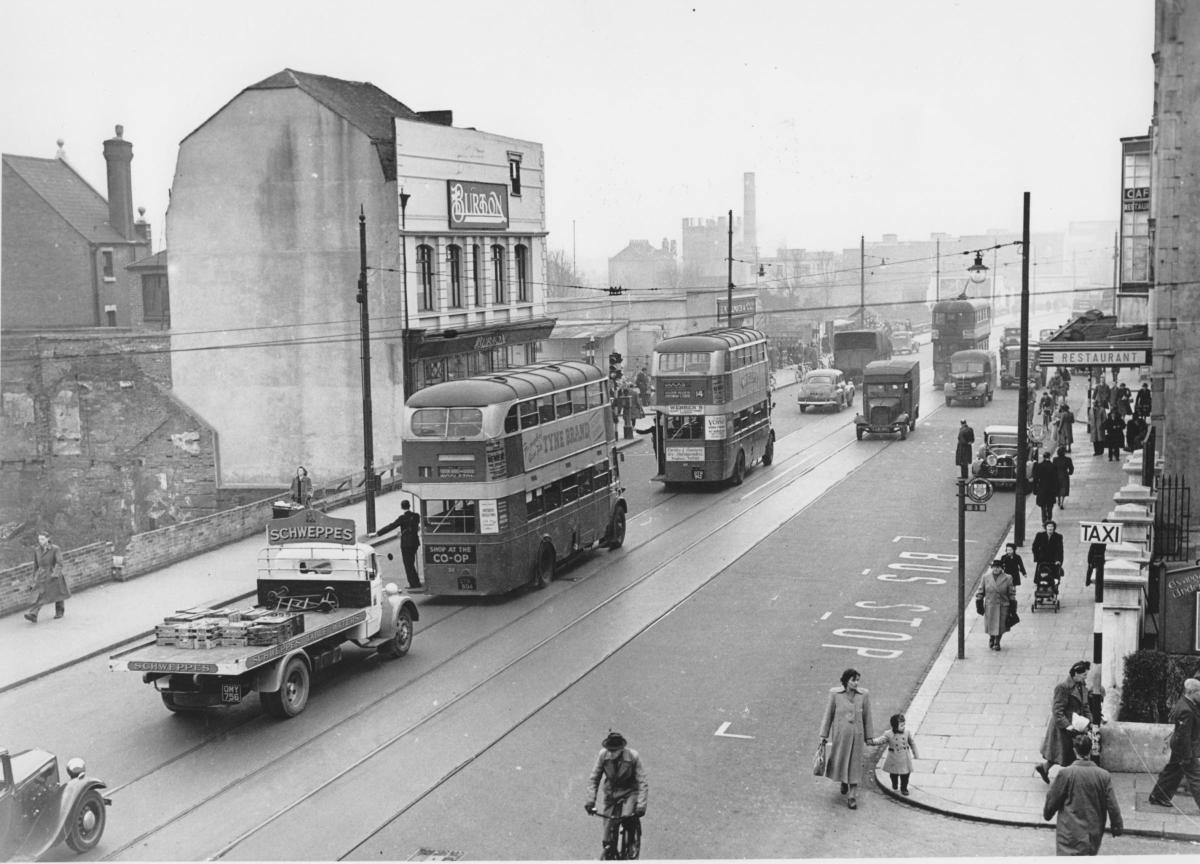In the annals of history, 1941 bore witness to a world engulfed in the flames of war. The relentless onslaught of the German Luftwaffe had left many parts of Britain in ruins, their streets scarred and their spirits dampened. Yet, amid this widespread devastation, Southampton stood tall, an emblem of resilience and unwavering spirit.
The New York Times, a beacon of journalistic integrity and a chronicler of human endeavour recognised the extraordinary courage displayed by the people of Southampton.
In a special feature published in January 1941, the newspaper paid tribute to the town's indomitable spirit, its ability to rise above the ashes of destruction and carry on with life, even in the face of unimaginable hardship.

Southampton, a town steeped in history and maritime tradition, had long been a gateway between the Old World and the New.
Its busy port had welcomed countless travellers and traders, forging strong bonds with nations across the globe, particularly with the United States.

The New York Times, in its eloquent prose, captured the essence of Southampton's character, describing it as "as English as the helmet of the bobby on the pier, as English as the double-deck tramcars or the old wall with the Norman arch, which has straddled its main street for centuries."
Yet, beneath this quintessentially English exterior lay a spirit that resonated with the American ideal of resilience and determination. The city's "bustling, progressive" nature, its openness to the world, and its unwavering belief in progress had created a special bond with the United States, a bond that transcended mere geographical proximity.

The New York Times acknowledged this unique connection, noting that "Southampton's link with America is far stronger than the fact that the Pilgrims chartered the Mayflower there more than 300 years ago. It is a link forged by the American troops who landed there a generation ago and by a never-ending army of travellers between the New World and the Old."
The war, however, had cast a long shadow over this vibrant city. The horrors of the Blitz had left their mark, with the town centre reduced to rubble and the nights filled with the terrifying sounds of air raids.

The New York Times, in its poignant portrayal of the town's plight, described the "nights of horror while the bombers dumped their loads, to see the pall of smoke or smell the fumes that hung over the town."
Despite this devastation, the spirit of Southampton remained unbroken. The people, drawing strength from their history and their deep-rooted sense of community, refused to be cowed by the enemy's aggression. They "kept calm and carried on," embodying the quintessentially British spirit of resilience in the face of adversity.

The New York Times, deeply moved by this display of courage, declared that "whatever the damage may be, Southampton's ties with America will be stronger than ever."
The newspaper recognised that the true strength of a city lay not in its physical structures but in the spirit of its people.
The editorial concluded with a powerful message of hope and defiance: "The Germans can no more destroy the spirit of this seaport than King Canute, who knew the town, could push back the waves. It will be rebuilt and the deep ship sirens will echo through its streets again and new armies of American travellers will visit it with new reverence, as one of the places where ordinary men and women died for freedom."

The New York Times' tribute to Southampton was not merely a journalistic endeavour; it was a nod to the enduring human spirit, a celebration of courage and resilience in the face of adversity.
Southampton, in its strength and determination, embodied the spirit of a nation that refused to surrender to tyranny. Its story resonated with people across the globe, inspiring them to stand firm against oppression and to fight for the values of freedom and democracy.
















Comments: Our rules
We want our comments to be a lively and valuable part of our community - a place where readers can debate and engage with the most important local issues. The ability to comment on our stories is a privilege, not a right, however, and that privilege may be withdrawn if it is abused or misused.
Please report any comments that break our rules.
Read the rules hereLast Updated:
Report this comment Cancel